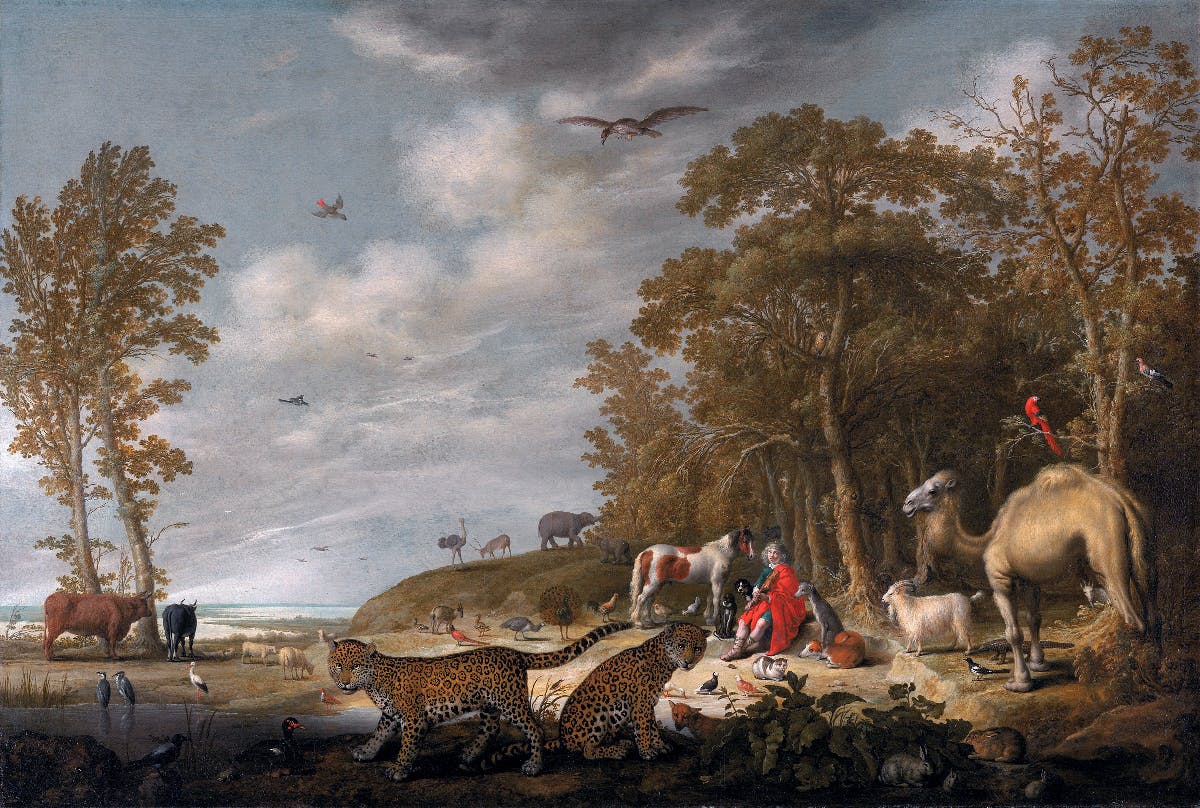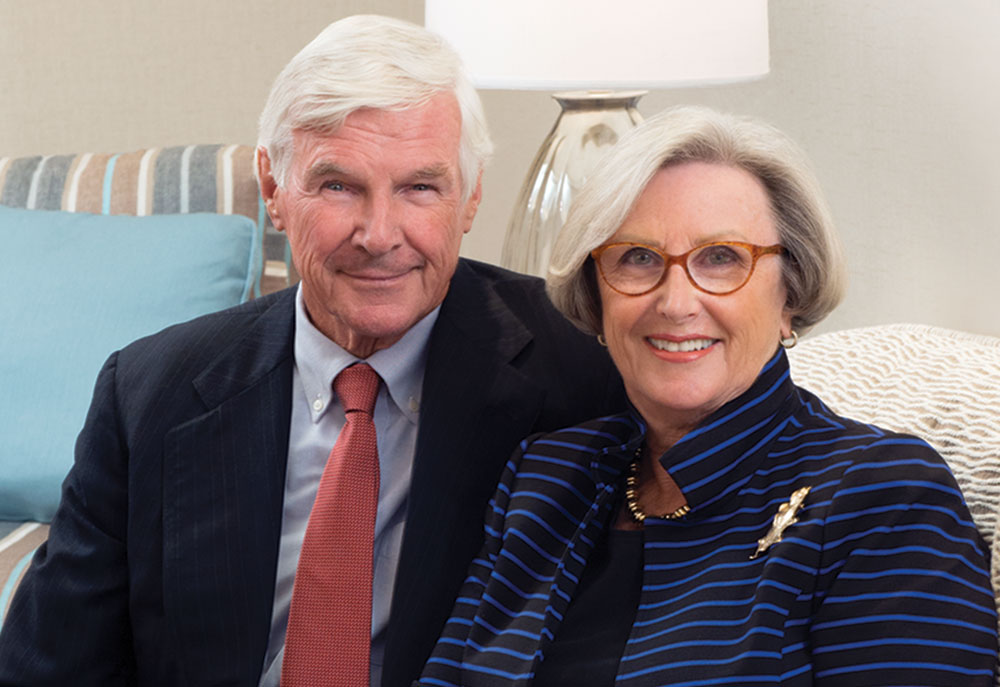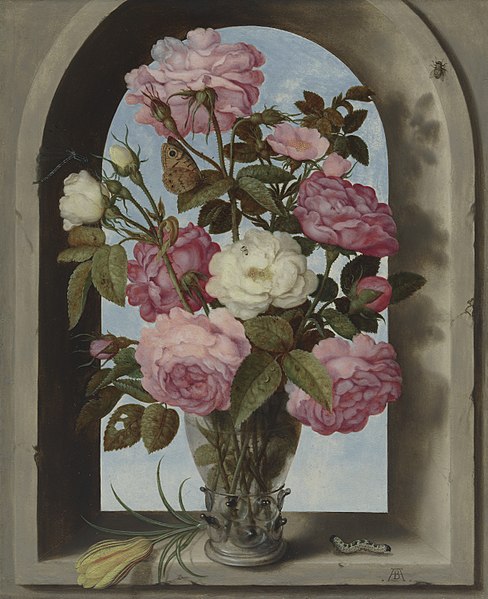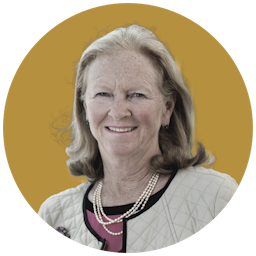How the Van Otterloos Created a Gift of Art for the Ages
The key to this story is Rose Marie and Eijk’s joint commitment to serious connoisseurship and top-quality art.

Those who are interested in philanthropy and art will be studying for generations the bequest of Dutch paintings and books that was made to the Museum of Fine Arts in Boston by Eijk and Rose Marie Van Otterloo. Their relationship grew from a blind date to a lifelong love affair with art and family.

This is a story for the ages.
Rose Marie was born on a small farm in Belgium and trained as a psychiatric social worker before emigrating, at age 22, to America, where she found a second career at Merrill Lynch and met Eijk. He eventually founded, in 1977, the investment firm known today as GMO. They settled at Marblehead, Massachusetts, and nursed their passion for Flemish and Dutch paintings.
They worked with Peter Sutton, formerly curator of European painting at the Boston Museum of Fine Arts, Simon Levie of the Rijksmuseum in Amsterdam, and Frits Duparc from Mauritshuis House in The Hague. It was Frits who told them to dive in and see what the art market would reveal.

For Rose Marie’s 50th birthday, Eijk surprised her with a vase — so to speak — bursting with what might be the most valuable flowers since the tulip mania. This, though, was no bubble but a picture of roses that they had seen in a gallery. Eijk refused to buy because the canvas was too expensive. The dealer joined them for lunch, and the rest is history.
The key to this story is Rose Marie and Eijk’s joint commitment to serious connoisseurship and top-quality art. They would only buy works on which they both agreed. With scholars and dealers’ advice, they found more than 200 works that embraced the finest works of the Golden Age in the Netherlands in the 17th century.
That’s when busy trade and Protestant views gave birth to a new class of entrepreneurs who could buy art that previously had only been made for the churches and royal families of Europe. The diversity of portraits, genre scenes, landscapes, seascapes, history painting, and still-lifes made their collecting adventures an amazing hobby.
From galleries, to art fairs, auctions, and private sales, the Van Otterloos built a body of work that museums asked to borrow and scholars wrote about in depth in their catalogs. Simon Levie from Amsterdam encouraged them to reach for a few star works, which they funded with sales of some of their own art to upgrade their collection.
The winner at the center of the effort is the portrait by Rembrandt of Aeltje Uylenburgh, the aunt of Rembrandt’s wife and model, Saskia. The portrait is from 1632. According to the provenance history in the MFA archive, the canvas was stolen by the Nazis but restituted to the Rothschild family by the America’s “Monument Men” task force.
The painting was acquired by the Van Otterloos in 2005 through a posthumous sale at Christie’s of the art owned by Bethsabee de Rothschild. In a review of the exhibition at the MFA, critic Joel Babb, who for years taught painting at the MFA, calls Rembrandt’s Aeltje Uylenburgh “the most successful portrait ever painted.”
The Van Otterloos were also able to purchase in tandem the library of Rembrandt scholar Egbert Haverkamp-Begemann. It contains approximately 25,000 volumes and monographs. These books with the art have enabled the Museum of Fine Arts to establish a Center for Netherlandish Studies with a director who will engage students from Harvard and beyond to study in this field.
What that means is that the library and art gift emerge as a model for collectors who want to use their wealth to build collections that at their deaths will continue to be a working assets for generations to come. Already, the MFA has opened seven renovated galleries for this collection.
As if all this weren’t enough, it turns out that a simultaneous gift was made to the MFA by another Boston couple who also collected art from the Netherlands. Matthew and Susan Weatherbie would occasionally end up at an auction or sale interested in the same work of art as the Van Otterloos.
Now they are no longer competitors but donors who have made this collection of art from the Netherlands the finest in the United States. The energy of the Golden Age matches the entrepreneurship of these two successful businessmen, Eijk and Matthew.
The combination of the curatorial staff, the conservation studio, and the legal and scholarly efforts to research the provenance of these art works at the Boston MFA makes these gifts a success for both families. They were honored by a reception with the ambassador from the Netherlands.

